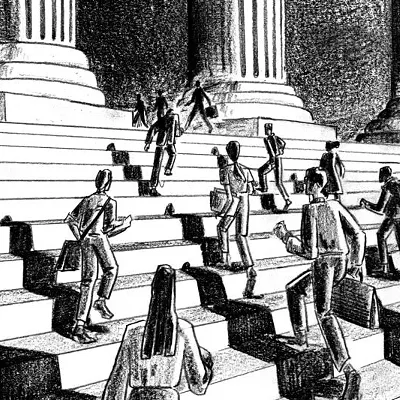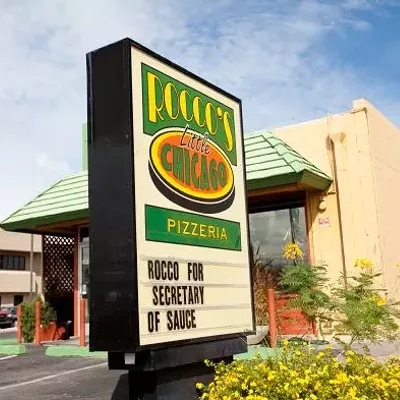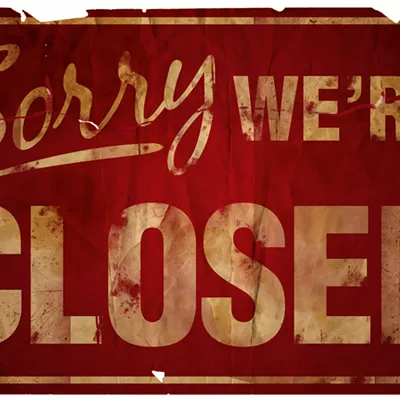So it surprises me when someone who condemns dog racing asks me whether or not I watched the Kentucky Derby. Why would someone who likes horses watch a blood sport like that?
This year, a horse called Big Brown won the Kentucky Derby. But Big Brown's win was overshadowed by the No. 2 horse breaking both ankles after the finish. Eight Belles was humanely euthanized at the track. As a rule, a horse with just one broken leg is a candidate for death, but two is a sure thing. Horses can't survive for long off their feet. "As strong as a horse" is an odd phrase. In reality, horses aren't very strong. They have lean legs, dodgy digestion and fragile sensibilities. I've seen more than a few die of what starts as a tummy ache and ends in a total and catastrophic digestive shutdown.
Even beloved Barbaro, that plucky fellow whose luck ran out at the Preakness Stakes a couple of years ago, died in the end of laminitis, a condition caused by the fact that he could not distribute his weight equally on all four feet.
Yet the sport of kings persists. And every year, thoroughbreds are bred selectively for one characteristic: speed. The fact that their hearts and skeletons cannot endure the stress of this attribute for more than three or four years is rarely talked up in the media.
Oddly enough, however, it was taken up on HBO's Real Sports With Bryant Gumbel, in a segment that finally addressed the questions: What happens to the horses that don't win races? Where do they go? We know about the greyhounds. They go to adoption leagues, are routinely lost in transit or otherwise mysteriously disappear. But one place we're sure they don't usually end up is at slaughterhouses.
Former race horses generally don't make good saddle horses for a few reasons. They're used up by the time they're retired, with myriad injuries, masked during their waning racing days by powerful drugs. They are trained to run around an oval as fast as they can without stopping. This is notoriously difficult to untrain. Who wants to ride a horse in Saguaro National Park that thinks it's on the track at Belmont? Not me.
These unwanted horses go to auction, where they are run out into a corral so the so-called "killer buyer" can establish just one thing: weight. The horse is bid on and sold based solely on the amount of meat it will render. It's then loaded into a livestock-transport vehicle and taken to a slaughterhouse.
But that's not the most interesting part. A few years ago, some well-meaning but dumb equine activists lobbied successfully to pass a law banning horse-slaughter in the United States. This country has been providing horse meat, considered good eating in France, Japan and other countries, to the market for years. It's an industry worth millions of dollars. Such industries do not simply disappear.
What this well-meaning legislation accomplished wound up being the opposite of what it set out to do. Slaughterhouses in the United States, while not perfect, are regulated. Previously, a horse slaughtered in Texas was shot in the head with a pressurized bolt gun. This is a quick and, if done right, relatively painless death. Then it is hauled up with chains by the ankles, slit from stem to stern and bled out. The meat is then processed.
These days, unwanted horses--thoroughbreds, quarter horses, any clapped-out equine nobody wants anymore--is sent to Mexico. In Mexican slaughterhouses, the horse is run into a chute flanked by several workers who proceed to stab it in the neck from above with what looks like an ice pick. If the pick hits the spinal cord, the horse goes down. Whether it's dead by the time it hits the evisceration line is probably about a 50-50 proposition. Instead of the relatively quick death it may have received at a U.S. plant, these animals die in agony.
So call me unsophisticated, but no, I don't watch the Kentucky Derby. Or the Preakness, or whatever the third one is. If I want to watch a horror show, I'll hit the drive-in theater on a Friday night.






